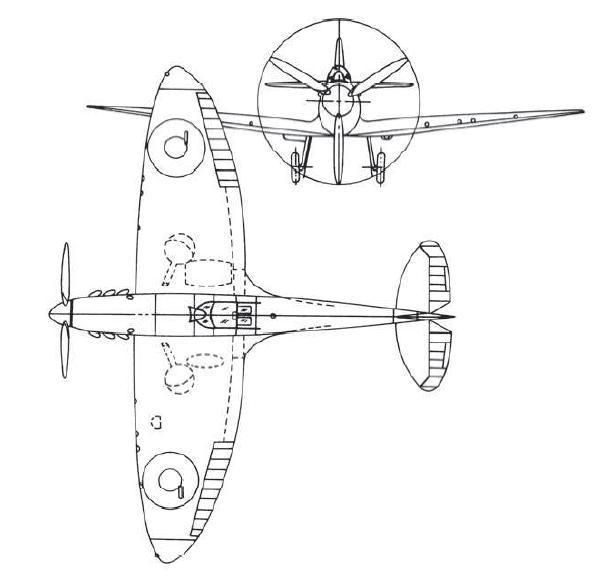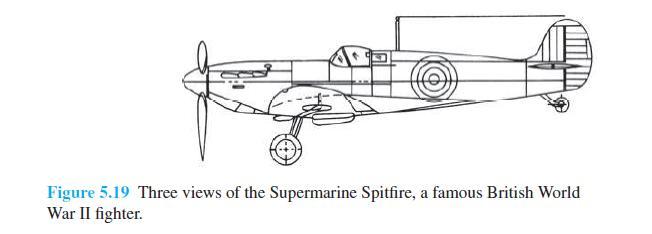Consider the Spitfire in Problem 5.9 on its landing approach at sea level with a landing velocity
Question:
Consider the Spitfire in Problem 5.9 on its landing approach at sea level with a landing velocity of 70 mi/h. Calculate the induced drag coefficient for this low-speed case. Compare your result with the high-speed case in Problem 5.9. From this, what can you conclude about the relative importance of the induced drag coefficient at low speeds compared to that at high speeds?
Data from Problem 5.9:
Consider the Supermarine Spitfire shown in Figure 5.19. The first version of the Spitfire was the Mk I, which first flew in 1936. Its maximum velocity is 362 mi/h at an altitude of 18,500 ft. Its weight is 5820 lb, wing area is 242 ft2, and wing span is 36.1 ft. It is powered by a supercharged Merlin engine, which produced 1050 horsepower at 18,500 ft.


Step by Step Answer:






